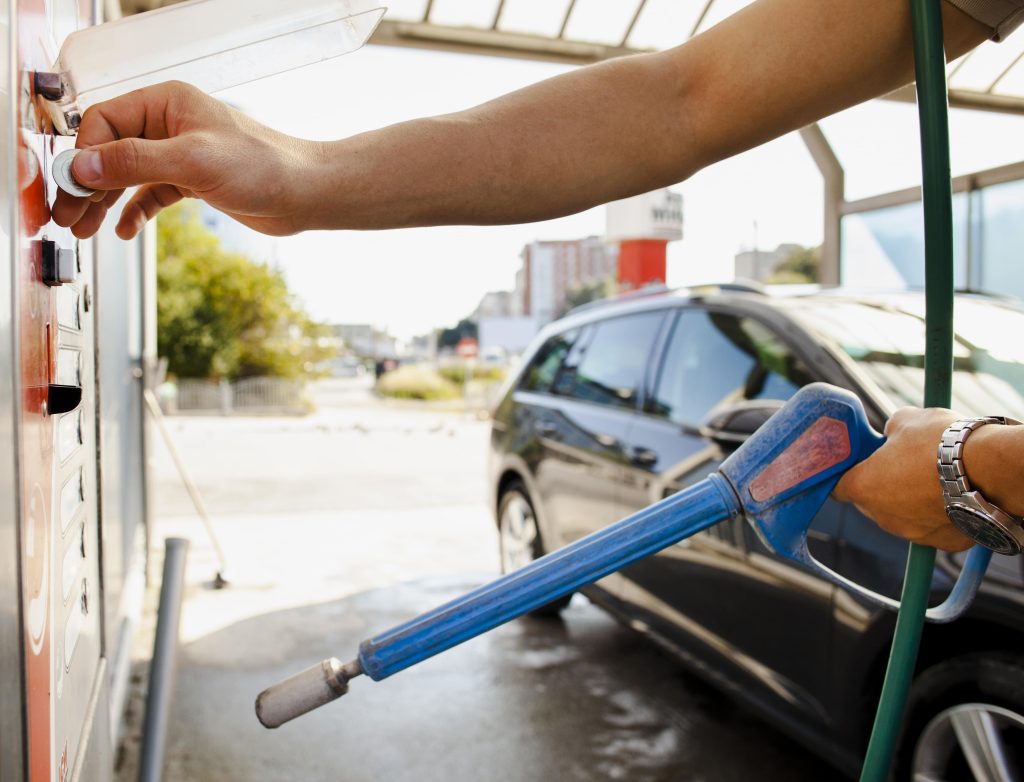If you open vacuum-sealed products regularly, chances are that you might’ve come across a leaking package at some point. You’d think there would be no way such a perfectly shaped container could contain anything less than fresh food or liquid.
Why Should You Test for Package Vacuum Leak?
While there is no guarantee that your order will arrive without a few imperfections (it usually doesn’t), here’s why you should conduct a package vacuum leak test in your packaging line.
Prevents Product Loss
Product loss due to a vacuum leak can be evaporation, pressure differences, contamination, or poor sealing.
- Evaporation: When you remove the vacuum seal, air escapes into your container and replaces the liquid. This air escaping causes a decrease in pressure inside your container. The result is that more air than liquid is left behind when you pressurize it again after removing the sealant around it.
- Pressure Differences: If there are gaps between where one container meets another or if they’re too close to one another, then some sections won’t be able to reach their full saturation point. Their contents don’t have enough contact with each other due to space restrictions caused by improper assembly procedures or manufacturing flaws during production stages.
Eliminates Product Contamination
Vacuum leaks can lead to product contamination. It can cause your product to go bad, become a health hazard, and the customers to reject it. Contamination can occur if there is a vacuum leak in your package due to a hole or puncture. These imperfections mean air will leak into your vacuum, which could lead to mold growth in some cases (especially in wet environments).
Mold and bacteria can accelerate the decomposition of your perishable food products and other health-related pharmacologic products if left to happen. It is an organic process that starts occurring when your product loses its vacuum and comes into contact with oxygen in the air.
Prevents Poor Sealing and Gas Flushing
Poor sealing exposes the product to oxygen and moisture. This exposition can cause oxidation, which leads to rancidification. Products can also become more prone to bacteria and mold contamination due to this exposition. Rancidity occurs when oxidized fats or oils are present in foodstuffs. The process can cause spoilage or foodborne illnesses if not stopped immediately by refrigeration or freezing.
Helps Get All the Air Out of Your Package
You can determine whether your equipment works properly by testing packages with a water displacement test. A water displacement test involves submerging the system in water and measuring how much is displaced as it drains out of the package.
If there are leaks, you will see a large amount of liquid draining out of the vacuum bag or other components into your container before they drain entirely. The water displacement test ensures complete air evacuation from inside those components before submerging them in liquid. This test helps prevent the damage an otherwise faulty production process could cause your brand.
If you’re sealing butter or liquids, you should check for leaks because they tend to escape during the vacuum process. You can test leaks by submerging the package in water and checking for bubbles. If bubbles are escaping your package, there’s a leak somewhere. The best way to find out where this leak lies is by using a vacuum sealing tester to tell you exactly where the problem lies.
Final Thoughts
Checking that the products coming out of your production line are coming with the proper vacuum is essential for the success of your brand. If there’s a leak in your package, have the package tested at an independent lab or with your own vacuum sealing tester to see if there are any contaminants or other problems with your vacuum sealer or chamber. At Seal-Check, we can help you with both cases. Consider getting in contact with us today to learn more.

